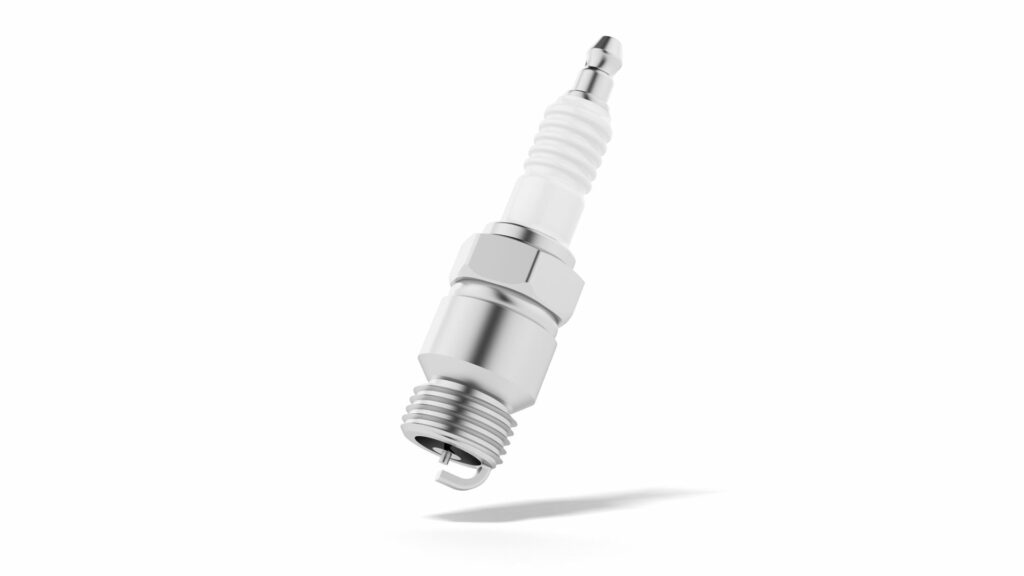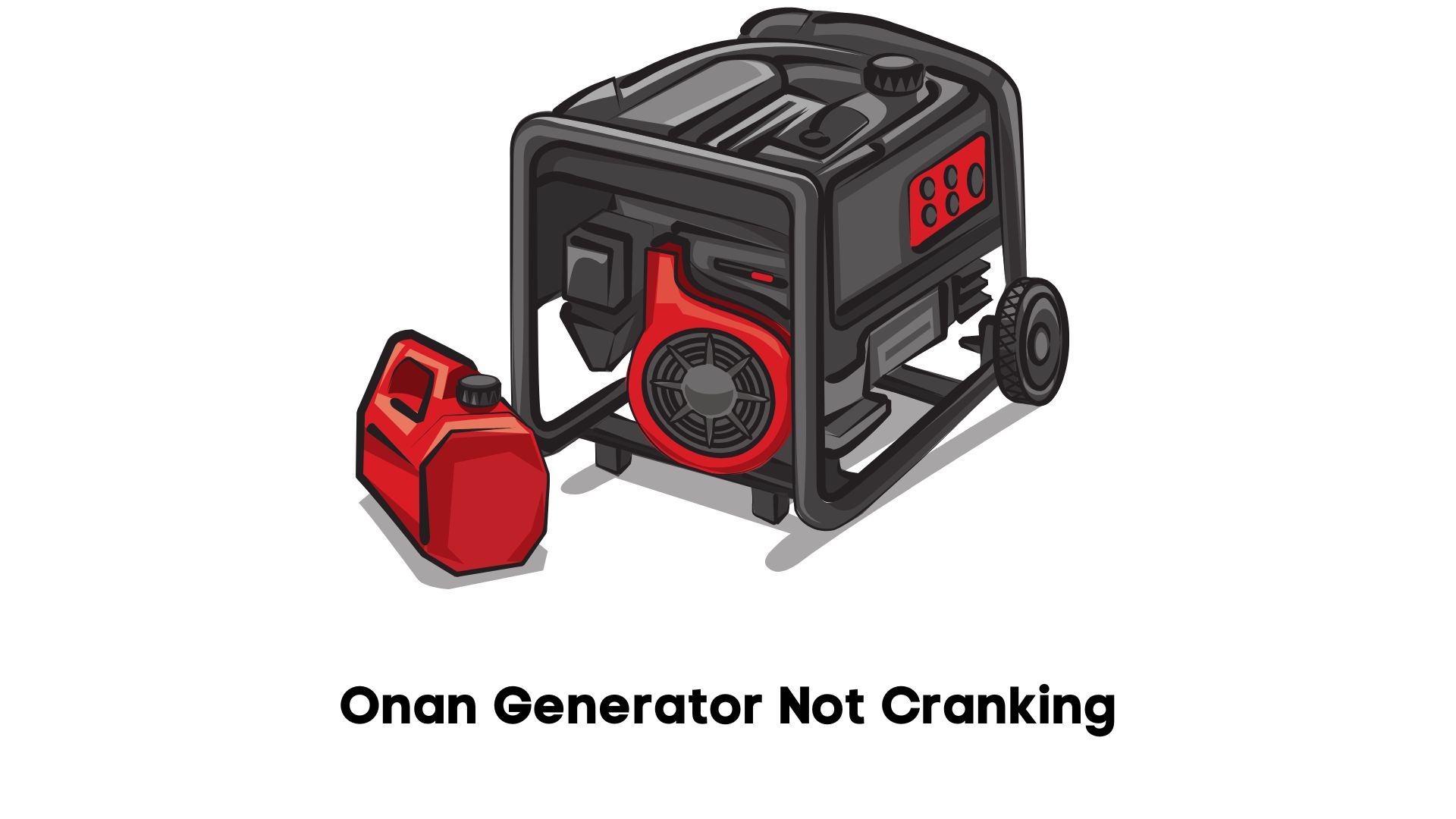An Onan generator can refuse to crank because of overheating, low voltage, defective starter motor, bad spark plug, worn-out wiring, and clogged carburetor.
1). Overheating
Generators can overheat. Onan generator flashes code 33 when it overheats. But that is not always the case. You should check the manual to identify the code your model flashes when it encounters a similar issue. Generators can overheat for the following reasons:
- Debris has blocked the passageways (intakes and outputs).
- The generator is poorly ventilated. It doesn’t have enough clearance on either side or above.
- The coolant levels are low.
- The coolant is leaking.
- The filters are clogged.
- The exhaust is damaged.
- The Onan generator is overloaded.
- The ambient temperature is too high.
- The oil pressure is low. As a result, the engine has insufficient lubrication.
- The belts are worn out or damaged.
- You don’t service the generator.
How To Fix Overheating?
Overheating is dangerous because it can destroy the generator. Will it explode? Probably not, but it will saddle you with expensive repairs. Fortunately, modern generators have systems that prevent the engine from starting when they detect high temperatures. You should apply the following solutions:
- Remove the loads if the generator is overloaded.
- Even if the generator is not overloaded, you should disconnect the loads. Otherwise, you may damage the inverter because of the excess heat.
- Perform regular oil changes.
- Clean and replace dirty or damaged filters.
- Add more coolant where necessary and eliminate any leaks you find.
- Replace damaged and leaking hoses.
- Unblock the exhaust.
- According to Norwall Power Systems, you should keep the generator 18 inches away from the nearest wall.
- If you started the engine despite the overheating error code, hire a technician to inspect the components the excess heat may have damaged, including the rotors, alternator, bearings, etc.
2). Low Voltage Due To Battery Problem
What happens when you crank the generator? Do you hear a clicking solenoid? Many experts blame that symptom on a low voltage. Get a voltmeter and confirm this theory. Start by reading the generator’s initial voltage.
Press the start button and reread the voltage. If it drops, you have a voltage problem. Low-voltage issues can occur because of dirty connections, loose connections, and damaged cables. However, the battery is probably to blame.
The generator cannot crank with a lousy battery. Take a moment to determine whether the battery is dead or discharged. You can’t trust a fully discharged battery to retain its original capacity and lifespan. Laypeople don’t realize that batteries lose their charge when a generator stays in storage for weeks and months at a time.
Some batteries will refuse to recharge once you allow them to discharge to zero. Test the battery with a voltmeter.
How To Fix Battery Problems?
- Replace a dead battery that fails the voltmeter test.
- Replace a weak battery you’ve owned for three or more years.
- Check the terminals. Clean them with water, baking soda, and a wire brush if you see corrosion.
- Make sure the connections at the terminals are firm.
- Clean the connections.
- Replace damaged wires.
- Use an external charger to either jumpstart or charge the battery.
3). Defective Starter Motor
The starter motor is a highly complicated component that constitutes field coils, a solenoid, a pinion, a commutator, brushes, an armature, and various other parts. As the name suggests, the starter motor starts the diesel engine.
A defect in this device will disrupt the generator’s ability to crank. You can tell that a starter motor is faulty because it manifests one or more of the following symptoms:
- You hear a clicking sound while trying to start the generator.
- The unit makes a grinding noise.
- You’ve noticed a burning smell.
- When the generator starts, it does so slowly.
Some starter motors are merely weak. Others won’t rotate. However, you can’t replace this component without scrutinizing the startup circuit. Problems elsewhere can disrupt the starter motor’s work. That includes low battery power and excessive starting resistance.
How To Fix Defective Starter Motor?
- Ensure the battery is charged.
- Replace the battery if it fails a multimeter test.
- Have you observed sufficient contact between the brush and the commutator? If not, replace the defective part.
- You should clean a scratched or burnt-out commutator. Replace it where necessary.
- Replace a defective starter motor.
4). Bad Spark Plugs

A generator’s engine cannot start with bad spark plugs. They are vital to the combustion process that produces the energy powering your home. The generator will refuse to start once the plugs fail.
But this won’t necessarily happen overnight. The spark plugs may warn you beforehand that something has gone wrong. For instance, the Onan generator will start and stop. If it stays on, the unit won’t generate the power you need.
You may also hear loud blasts from the exhaust. Fortunately, spark plugs are the easiest components to access and maintain in a generator. You don’t need an expert’s assistance to inspect them.
How To Fix Bad Spark Plugs?
- Briggs and Stratton want consumers to replace a generator’s spark plugs every one hundred hours.
- Clean spark plugs with carbon deposits. A generator can start despite fouled spark plugs. However, its performance will suffer. Expect engine misfires and poor fuel efficiency.
- Add fresh, high-quality fuel to the tank. If you intend to keep the generator in storage for a long time, use a stabilizer to protect the fuel from deterioration.
- Perform regular maintenance. That includes replacing old, clogged air filters and cleaning the carburetor.
- Make sure the spark plugs are firm.
- Ensure the oil levels meet the manufacturer’s recommendations.
5). Worn-Out Wires
Onan generators have a vast network of wires that transmit power from one corner of the unit to the other. These lines allow the generator’s components to operate in tandem. Unfortunately, they can fail because of mishandling, insufficient maintenance, excessive vibrations, overheating, surges, and more.
Broken or worn-out wiring will disrupt the engine’s performance. In some cases, the generator will refuse to start. Don’t ignore the switch during the troubleshooting process.
The switch turns the unit on and off. A generator can refuse to crank because of broken connections behind the switch.
How To Fix Worn-Out Wires?
You need a technician to take the Onan generator apart to solve a wiring issue. This is because the unit has too many wires, and finding the compromised line won’t be easy. You’re better off taking the generator back to the Onan dealership and using your warranty to get cheap repairs.
Otherwise, taking the device apart to find loose connections and broken wires may void your warranty.
6). Clogged Carburetor
A clogged carburetor can prevent the generator from starting. Blockages form when the generator remains dormant for a long time. The fuel becomes sticky and clogs the carburetor. If the engine starts, it will run lean or rich.
How To Fix A Clogged Carburetor?
Naturally, you should clean a dirty or clogged carburetor. However, if the obstructions originate from stale fuel, you need to flush the system as well. Add fresh gasoline. Some people drain the gas tank before placing the generator in storage.

